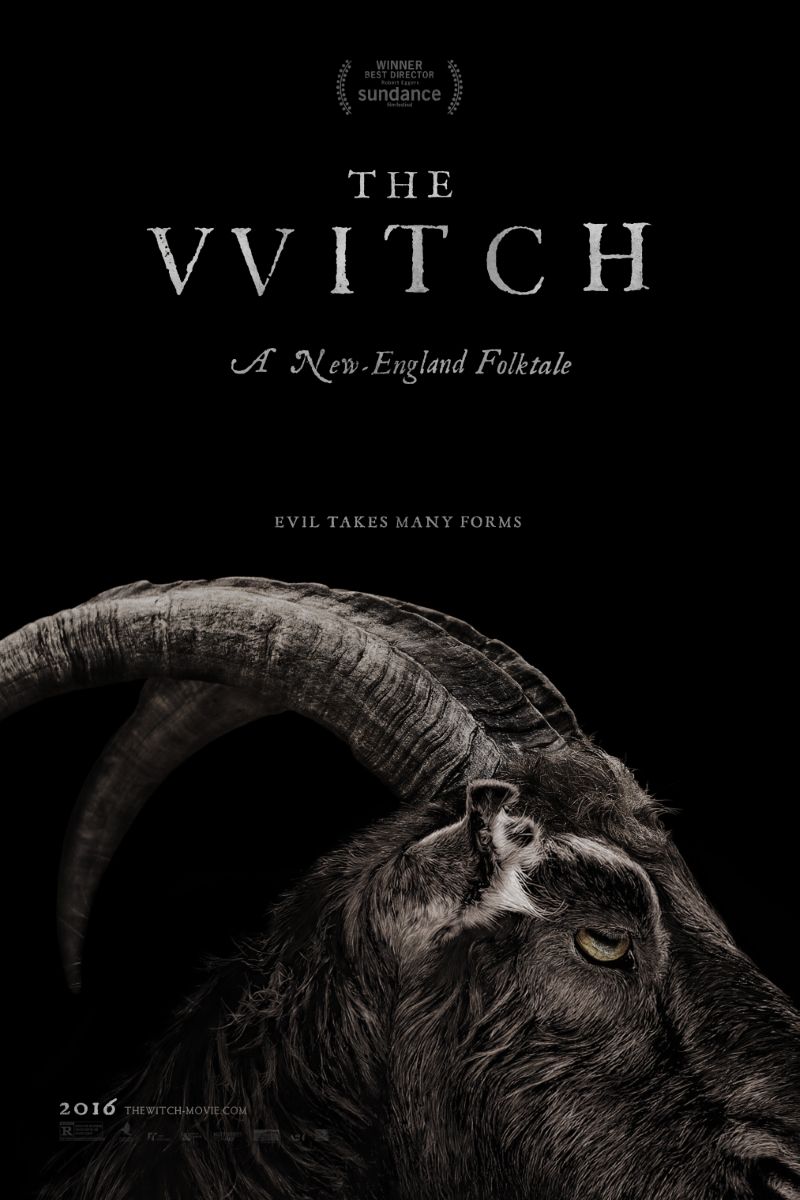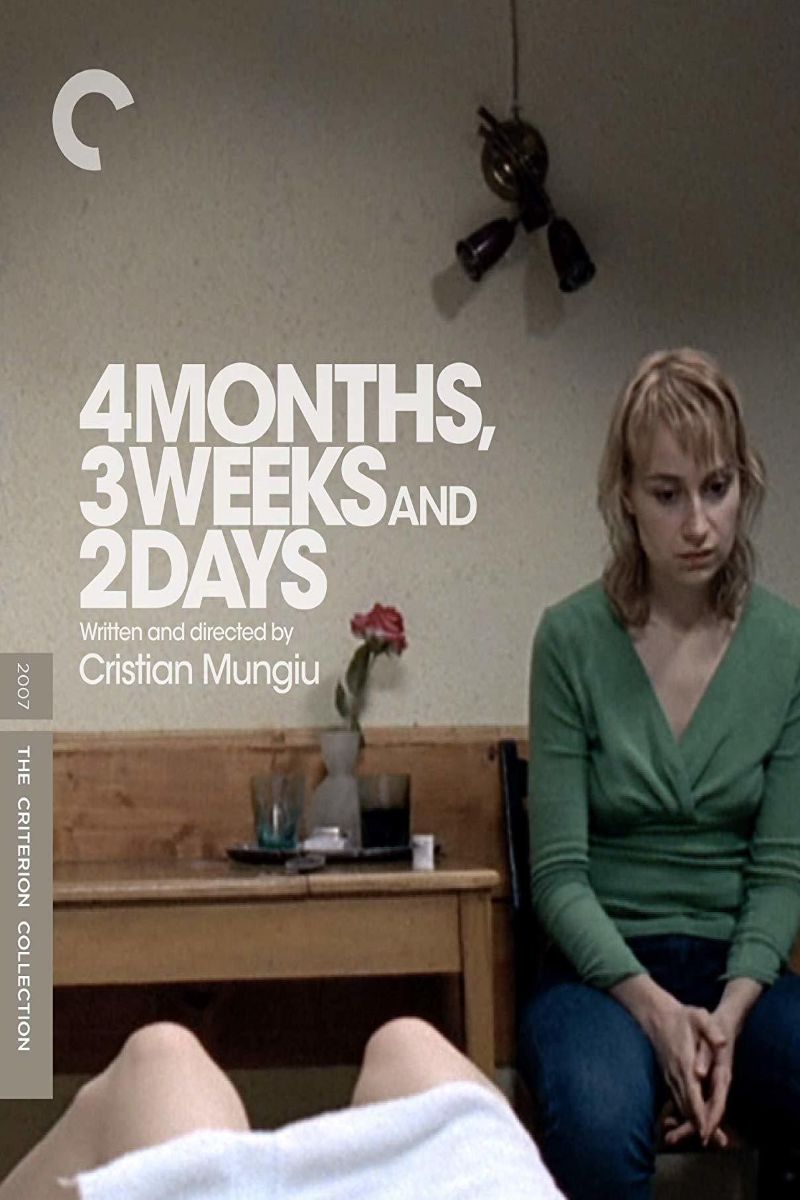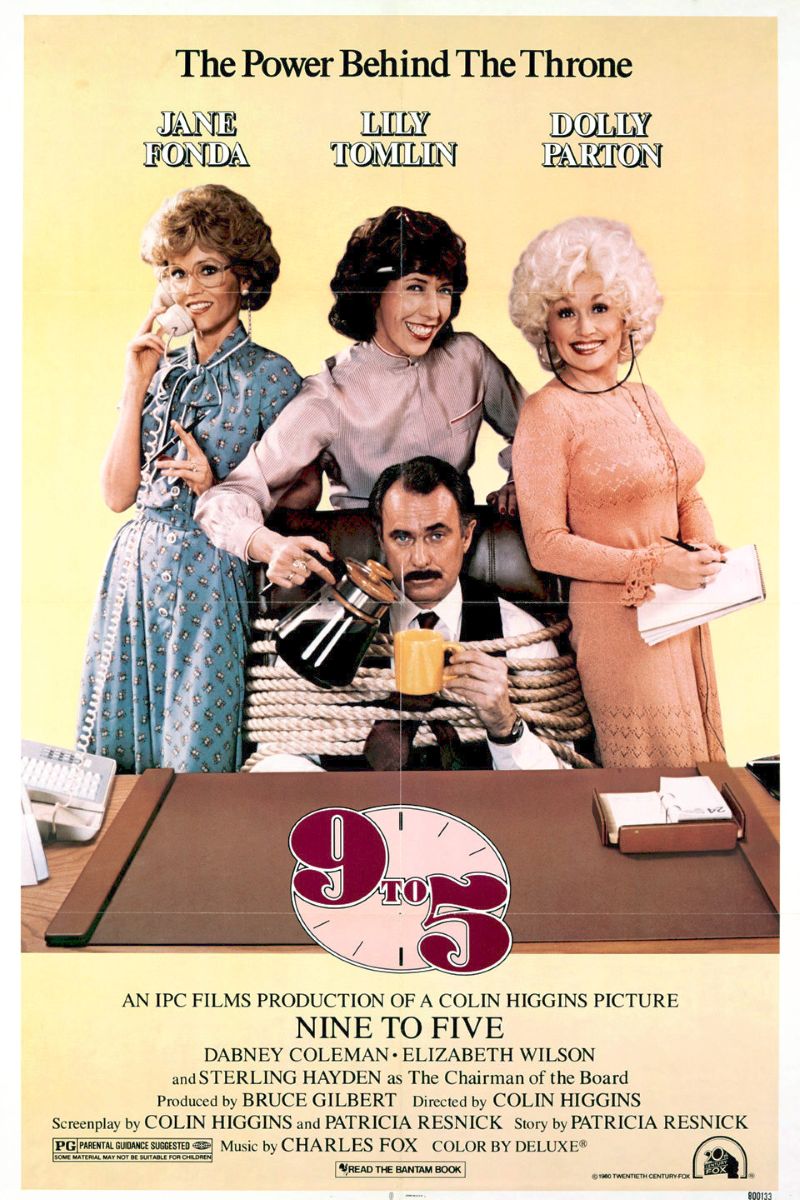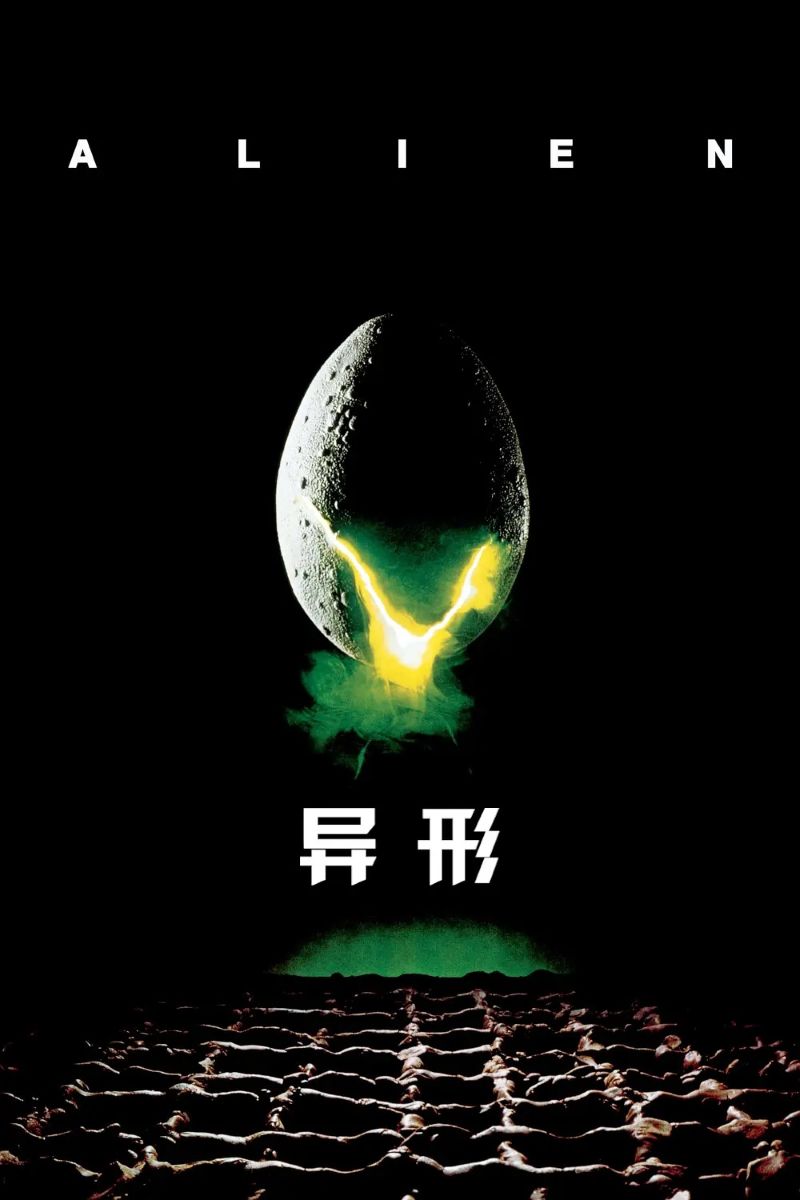
The Witch
The VVitch: A New-England Folktale
A 17th-century New England folktale from Robert Eggers, this spooky picture is more than a supernatural horror—it's an exercise in female rebellion during a time when anyone 'different' was declared a witch.
Cast
Related Topics
🎥 Film Analysis & Review
Robert Eggers’s “The Witch” emerges as a revolutionary achievement in both horror cinema and feminist storytelling, transforming traditional folklore into a devastating critique of patriarchal religious oppression and female agency in 17th-century New England. This 2015 directorial debut demonstrates how historical horror can illuminate contemporary issues of female autonomy, religious extremism, and the persecution of women who challenge established power structures. Through its meticulous attention to period authenticity and its unflinching examination of how accusations of witchcraft functioned as tools for controlling female behavior, the film creates a work that is simultaneously terrifying supernatural thriller and incisive political commentary. Anya Taylor-Joy’s breakthrough performance as Thomasin anchors a narrative that reveals how the fear of female power drives communities to destroy their own members, making this folk tale urgently relevant to ongoing struggles for women’s liberation and religious freedom.
Historical Authenticity and Feminist Revisionism
Eggers’s approach to “The Witch” demonstrates how meticulous historical research can serve feminist purposes by revealing the gendered dimensions of religious persecution that traditional accounts often minimize or ignore. The film’s commitment to period-accurate dialogue, costumes, and social dynamics creates immersive authenticity that allows contemporary audiences to understand how accusations of witchcraft functioned as systematic oppression of women who threatened patriarchal authority.
The screenplay, derived from primary sources including court records, diaries, and folklore from the period, provides documentary-like credibility to its portrayal of how Puritan communities scapegoated women for social anxieties and economic failures. This research-based approach demonstrates how historical fiction can challenge romanticized or sanitized versions of the past by confronting audiences with the brutal realities of how women’s lives were constrained and threatened by religious fundamentalism.
Eggers’s decision to present witchcraft as both real supernatural phenomenon and patriarchal construct allows the film to explore how women’s agency was simultaneously feared and denied by male-dominated religious institutions. This dual approach reveals how accusations of witchcraft often targeted women who demonstrated independence, sexual autonomy, or resistance to conventional gender roles, making the witch trials a form of systematic gender-based violence disguised as religious purification.
Female Coming-of-Age and Sexual Awakening
Thomasin’s journey from child to young woman provides the film’s emotional and thematic center, illustrating how female adolescence becomes particularly dangerous in societies that fear women’s sexuality and independence. Her physical and psychological development occurs against a backdrop of increasing family crisis and community suspicion, revealing how girls’ maturation often triggers patriarchal anxiety about female power and autonomy.
The film’s treatment of Thomasin’s emerging sexuality avoids both prudishness and exploitation by showing how her developing body and curiosity become sources of fear and suspicion for her family and community. Her playful games with her younger siblings, interpreted as evidence of witchcraft by increasingly paranoid adults, demonstrate how children’s natural creativity and imagination become criminalized when performed by girls approaching womanhood.
Thomasin’s ultimate embrace of witchcraft represents not corruption or defeat but liberation from the impossible constraints placed upon young women in her society. Her choice to join the coven can be read as rejection of a patriarchal system that offers women only subjugation, punishment, or death, suggesting that embracing forbidden power becomes the only path to authentic female agency in oppressive circumstances.
Religious Fundamentalism and Patriarchal Control
The film’s portrayal of Puritan religious practice reveals how fundamentalist Christianity functions as system of male domination that uses divine authority to justify female subordination and punishment. The family’s extreme religious observance creates atmosphere of constant surveillance and judgment that particularly targets women’s behavior, thoughts, and relationships with other family members.
William’s role as family patriarch demonstrates how religious authority concentrates power in male hands while making women responsible for family moral purity without granting them corresponding agency or protection. His inability to provide economic security or physical safety for his family leads to increasing desperation that finds outlet in blaming women—first Katherine’s grief, then Thomasin’s alleged witchcraft—rather than examining systemic failures or male leadership inadequacies.
The film’s treatment of prayer, confession, and religious ritual shows how these practices function to enforce conformity and punish deviation rather than provide genuine spiritual comfort or community support. The family’s increasing religious extremism correlates directly with their social isolation and economic failure, suggesting how fundamentalism often intensifies during periods of crisis while offering only scapegoating rather than practical solutions.
Mother-Daughter Relationships and Generational Trauma
The complex relationship between Katherine and Thomasin illustrates how patriarchal oppression creates conflicts between women across generations, forcing mothers to police their daughters’ behavior to protect them from community punishment while simultaneously restricting their development and agency. Katherine’s grief over the loss of baby Samuel transforms into suspicion and hostility toward Thomasin, showing how trauma can be weaponized against women within families.
Katherine’s own position within the family hierarchy—subordinate to William but responsible for children’s moral education—creates impossible tensions that she resolves by transferring blame and suspicion to her daughter rather than challenging male authority. Her accusations against Thomasin reflect both genuine fear for her daughter’s safety and unconscious resentment about her own powerlessness within patriarchal family structures.
The film’s portrayal of their deteriorating relationship demonstrates how patriarchal systems deliberately create competition and suspicion between women to prevent solidarity and collective resistance. Katherine’s inability to protect or support Thomasin reflects the broader impossibility of female alliance within systems designed to pit women against each other for male approval and protection.
Economic Vulnerability and Social Isolation
The family’s banishment from their Puritan community and subsequent struggle for survival reveals how religious and social conformity functioned as economic necessities for colonial families, particularly making women’s reputations crucial for family stability and safety. Their isolation on the edge of wilderness creates both physical and symbolic representation of how deviation from religious orthodoxy leads to social and economic exclusion.
William’s failed attempts at farming and hunting demonstrate how patriarchal authority often lacks practical competence while refusing to acknowledge limitations or accept alternative approaches. His pride and religious certainty prevent him from seeking help or admitting mistakes, leading to increasing desperation that ultimately destroys his family through scapegoating and paranoia.
The film’s attention to daily survival tasks—farming, food preparation, animal care—reveals how economic vulnerability intensifies family tensions while making women’s domestic labor increasingly crucial for survival yet simultaneously undervalued and unrecognized. The family’s poverty creates conditions where any misfortune can trigger catastrophic blame and violence against the most vulnerable members.
Supernatural Horror and Female Power
Eggers’s decision to present witchcraft as genuine supernatural phenomenon rather than purely psychological delusion allows the film to explore themes of female power and agency that transcend realistic social constraints. The actual presence of witches in the forest suggests that some women have discovered ways to escape patriarchal control by embracing forbidden knowledge and alternative forms of community.
The coven’s apparent freedom, sensuality, and power provide stark contrast to the constraint, suffering, and powerlessness experienced by women within Puritan family structures. Their supernatural abilities represent forms of agency and control that patriarchal society denies to conventional women, making witchcraft function as metaphor for any form of female independence or resistance to male authority.
The film’s treatment of the supernatural avoids both modern skepticism and historical superstition by presenting witchcraft as real but socially constructed phenomenon—the witches exist, but their meaning and significance remain contested and interpreted through patriarchal fears and fantasies rather than women’s own experiences and perspectives.
Visual Language and Atmospheric Storytelling
Eggers’s cinematography creates visual language that emphasizes the claustrophobic atmosphere of patriarchal family life while contrasting it with the wild freedom of the surrounding forest. The film’s use of natural lighting and handheld cameras creates documentary-like intimacy that makes the family’s daily life feel immediate and authentic while building increasing tension through careful pacing and atmospheric detail.
The contrast between the stark, controlled domestic spaces and the lush, mysterious forest environment creates visual metaphor for the opposition between patriarchal constraint and female freedom. The woods represent space beyond male control where different rules apply and alternative forms of power and community become possible.
The film’s production design, from clothing to tools to architectural details, creates immersive historical environment that supports the narrative’s themes without becoming mere spectacle. Every visual element serves to reinforce the atmosphere of religious oppression and social isolation that drives the story’s psychological and supernatural horror.
Performance and Character Development
Anya Taylor-Joy’s breakout performance as Thomasin achieves remarkable complexity by portraying a character who must navigate impossible social expectations while gradually discovering her own agency and power. Her performance avoids both victimization and premature empowerment by showing how Thomasin’s development occurs through accumulated experience and growing understanding of her circumstances rather than sudden revelation or transformation.
Ralph Ineson’s William embodies the contradictions of patriarchal authority—simultaneously powerful and powerless, protective and destructive, righteous and wrong—without becoming either caricature or sympathetic victim. His performance reveals how men’s investment in patriarchal power structures often destroys the very families they claim to protect and lead.
Kate Dickie’s Katherine demonstrates the tragic position of women who have internalized patriarchal values and turned them against other women as survival strategy. Her performance shows how Katherine’s hostility toward Thomasin emerges from genuine terror about her own powerlessness rather than simple jealousy or meanness, making her both antagonist and victim within the story’s power dynamics.
Contemporary Relevance and Political Resonance
“The Witch” continues to resonate with contemporary audiences because its themes of religious fundamentalism, female autonomy, and patriarchal oppression remain urgently relevant in contexts where women’s rights face ongoing challenges from conservative political and religious movements. The film’s portrayal of how communities turn against their most vulnerable members during times of crisis provides insight into contemporary scapegoating and moral panics.
The film’s treatment of female adolescence and sexual development speaks to ongoing debates about reproductive rights, sex education, and female agency that continue to divide communities and political movements. Thomasin’s experience of having her natural development criminalized and pathologized reflects contemporary attempts to control and punish female sexuality through legislation and social pressure.
The movie’s exploration of how religious authority functions to justify and maintain male domination provides critical perspective on contemporary religious fundamentalism and its impact on women’s lives, education, and political participation. Its historical setting allows for examination of these dynamics without direct confrontation with contemporary religious institutions while maintaining clear relevance to current debates.
Genre Innovation and Horror Cinema
Eggers’s approach to horror demonstrates how the genre can serve feminist political purposes by using fear and suspense to explore real social anxieties about female power and male authority. The film’s scares emerge not from random violence or supernatural chaos but from the systematic oppression and destruction of a young woman who threatens patriarchal order through her very existence.
The movie’s slow-building tension and atmospheric horror create space for sustained examination of social and psychological dynamics rather than relying on shock effects or gore for impact. This approach demonstrates how horror cinema can achieve political sophistication while maintaining genre entertainment value and emotional effectiveness.
The film’s influence on subsequent horror films, particularly those directed by women or featuring feminist themes, demonstrates its success in expanding possibilities for how the genre can address serious political and social issues while maintaining commercial viability and critical respect.
Conclusion: Liberation Through Forbidden Power
“The Witch” achieves its lasting impact through its uncompromising examination of how patriarchal religious oppression creates conditions where female liberation requires embracing forbidden forms of power and community that exist outside conventional social structures. Robert Eggers’s direction and Anya Taylor-Joy’s performance create a work that functions simultaneously as historical drama, supernatural horror, and feminist political statement without sacrificing artistic integrity or emotional authenticity.
The film’s greatest achievement lies in its demonstration that stories about female rebellion and empowerment can achieve both commercial success and critical recognition when told with historical specificity, artistic ambition, and genuine understanding of how power operates within oppressive systems. Thomasin’s journey from vulnerable girl to empowered witch provides a model for female resistance that acknowledges both the costs and the necessities of challenging patriarchal authority.
Through its combination of meticulous historical research, innovative horror filmmaking, and sophisticated feminist analysis, “The Witch” stands as testament to the ongoing relevance of stories about women who refuse to accept the limitations placed upon them by male-dominated societies. The film proves that horror cinema can serve as vehicle for serious political commentary while maintaining the genre’s capacity to entertain, disturb, and inspire audiences seeking both escape and enlightenment.
🏆 Awards & Recognition
- • Gotham Independent Film Award Breakthrough Actor (Anya Taylor-Joy)
- • Empire Award Best Performance (Anya Taylor-Joy)
- • BAFTA Rising Star Award nomination (Anya Taylor-Joy)
- • Trophée Chopard Cannes Film Festival (Anya Taylor-Joy)
- • Sundance Film Festival Director Award nomination
⭐ Ratings & Links
Related Recommendations
Comments & Discussion
Discuss this video with other viewers
Join the Discussion
Discuss this video with other viewers
Loading comments...



